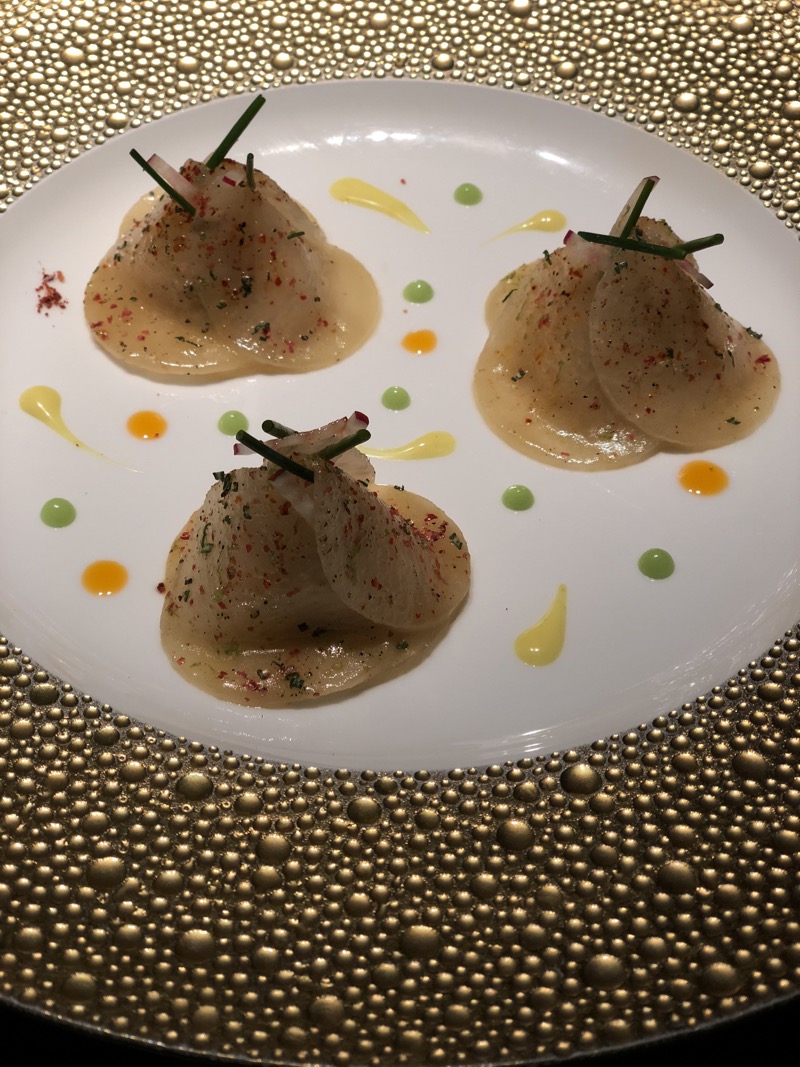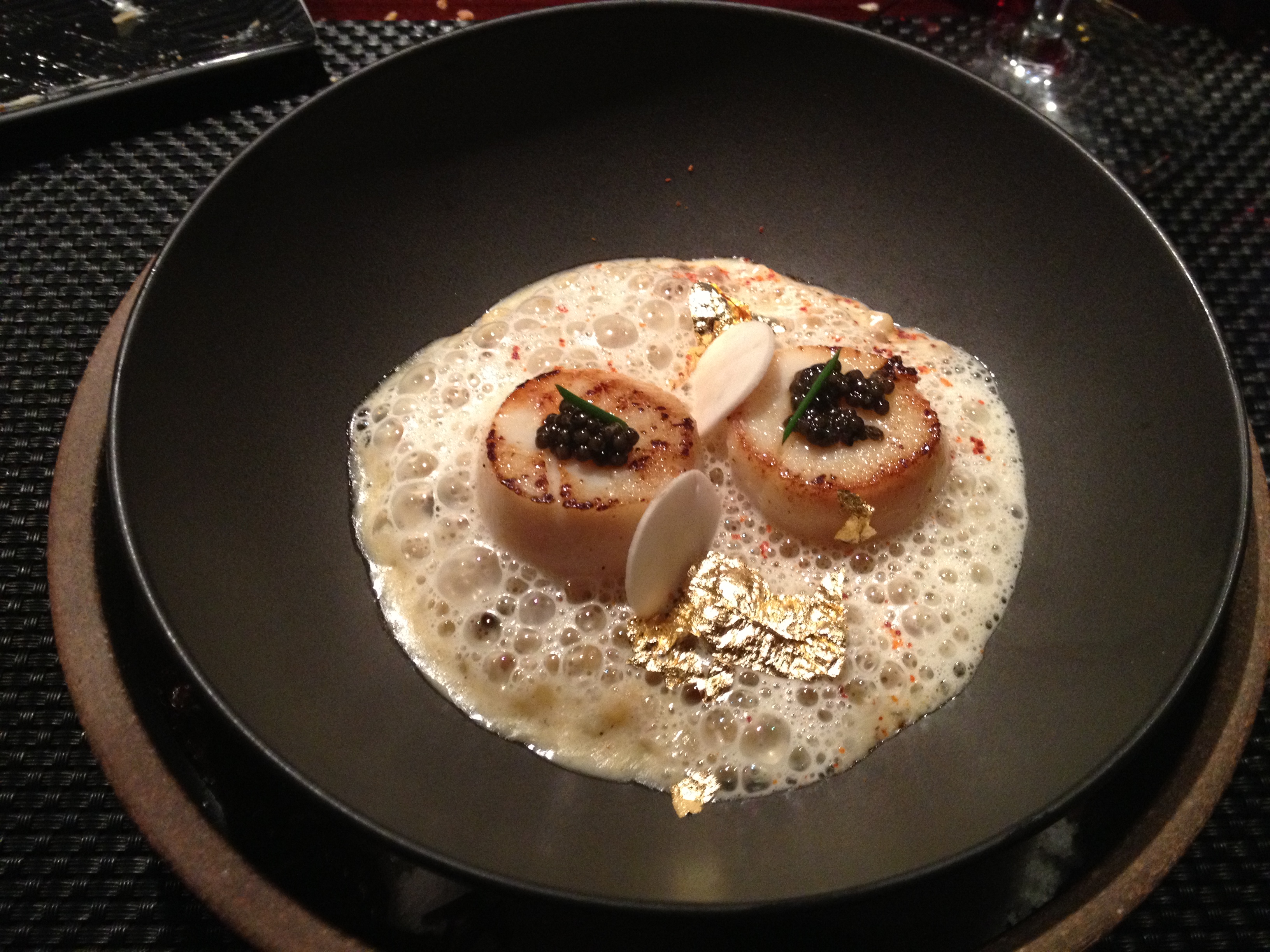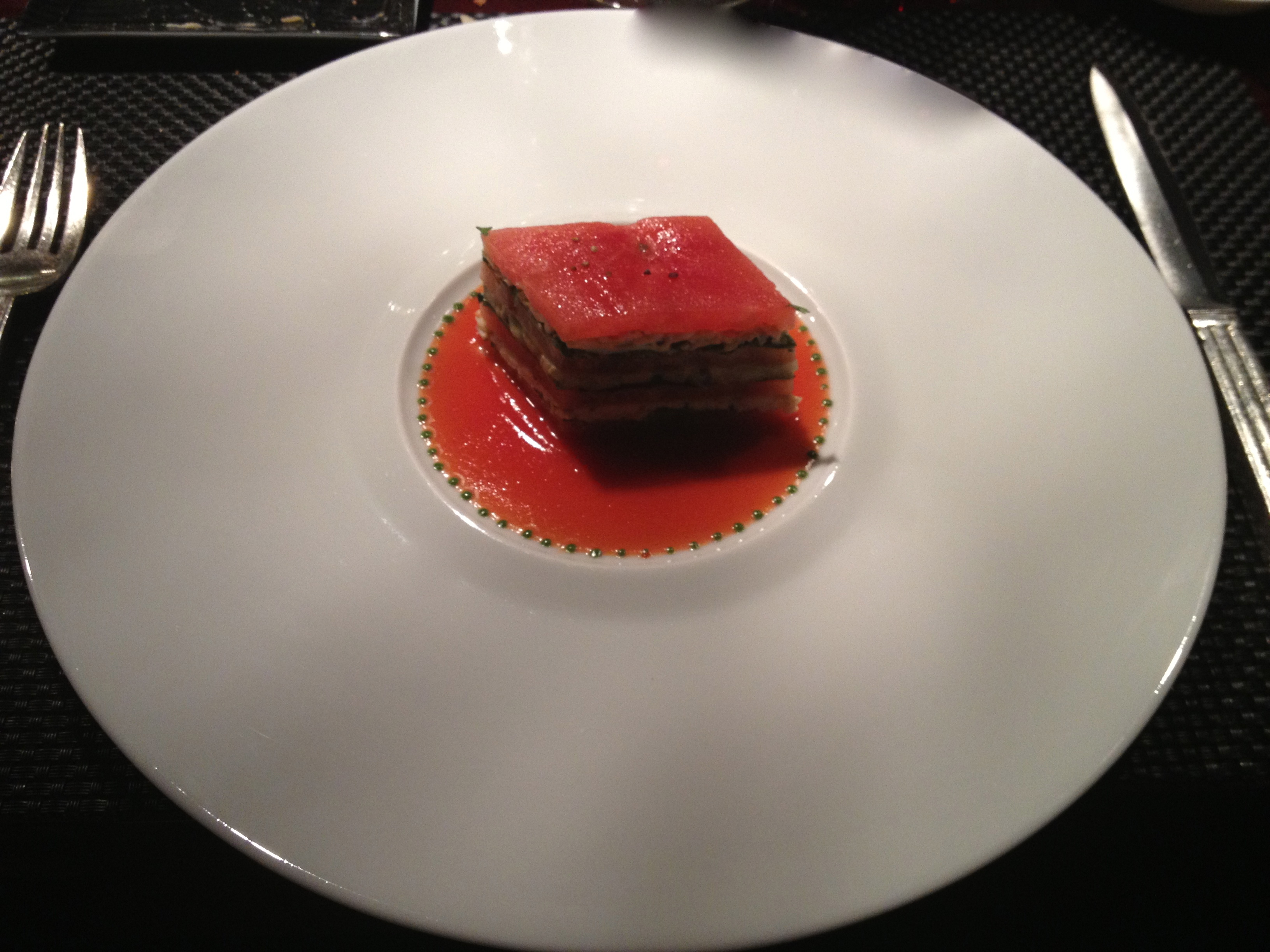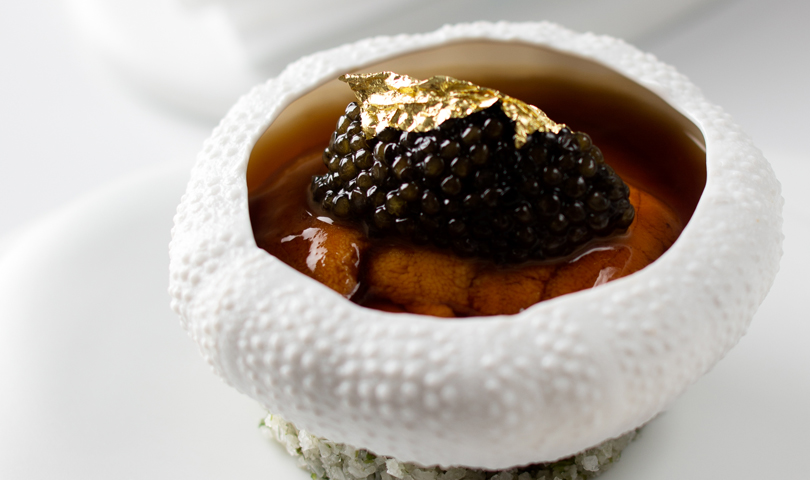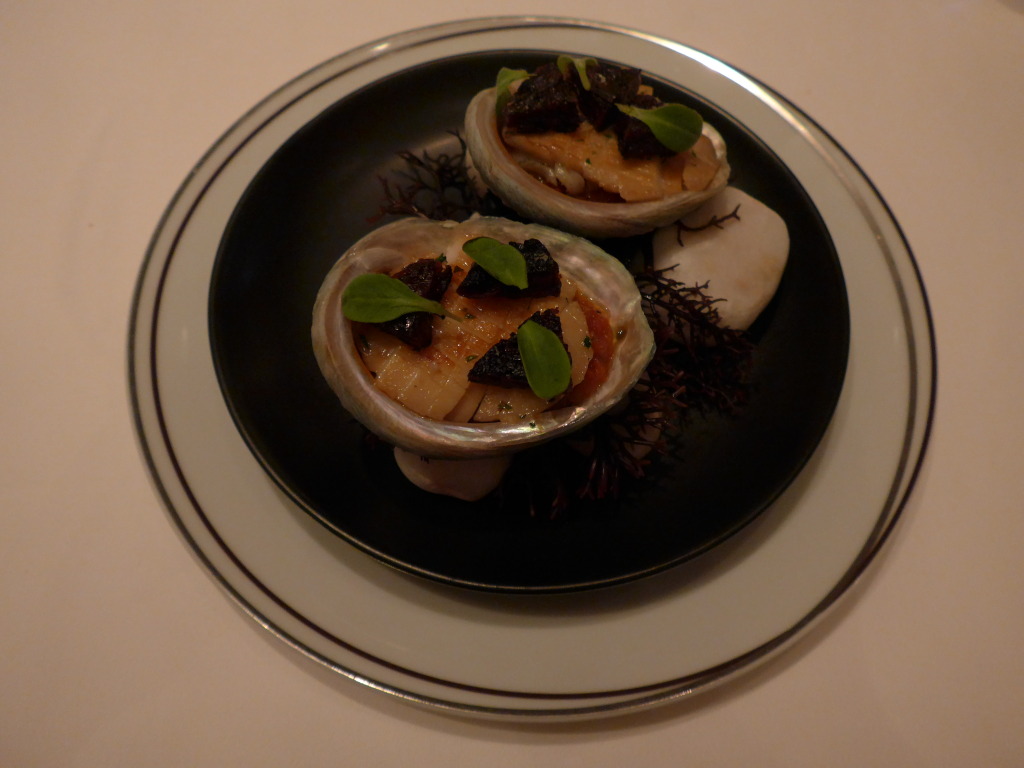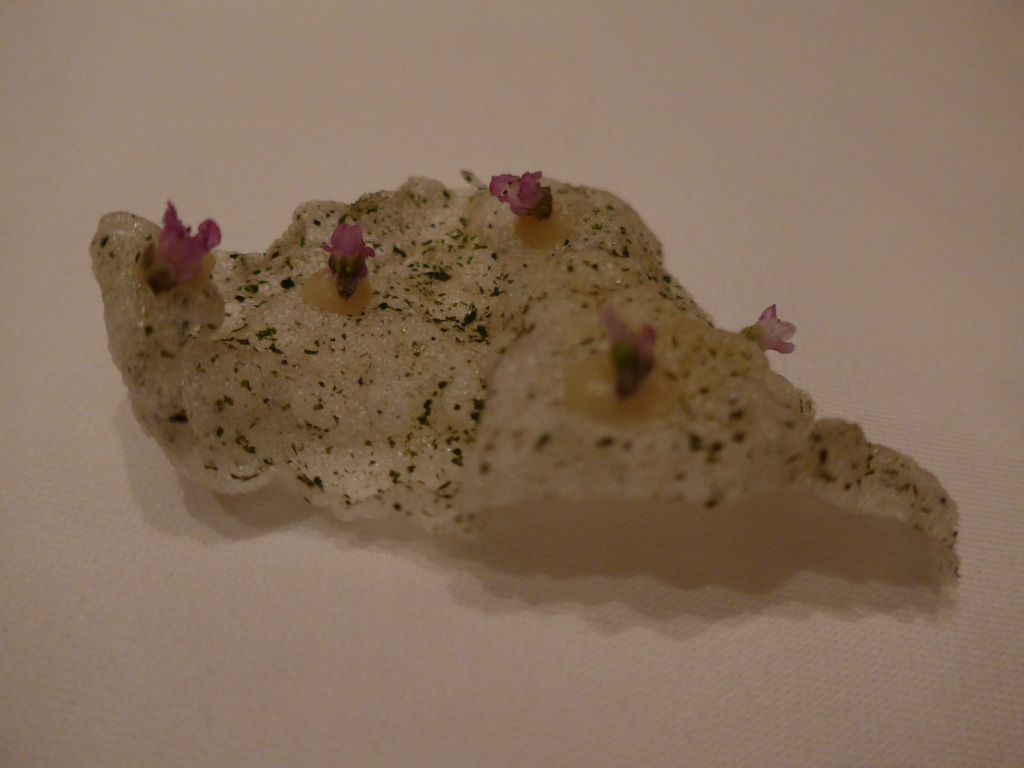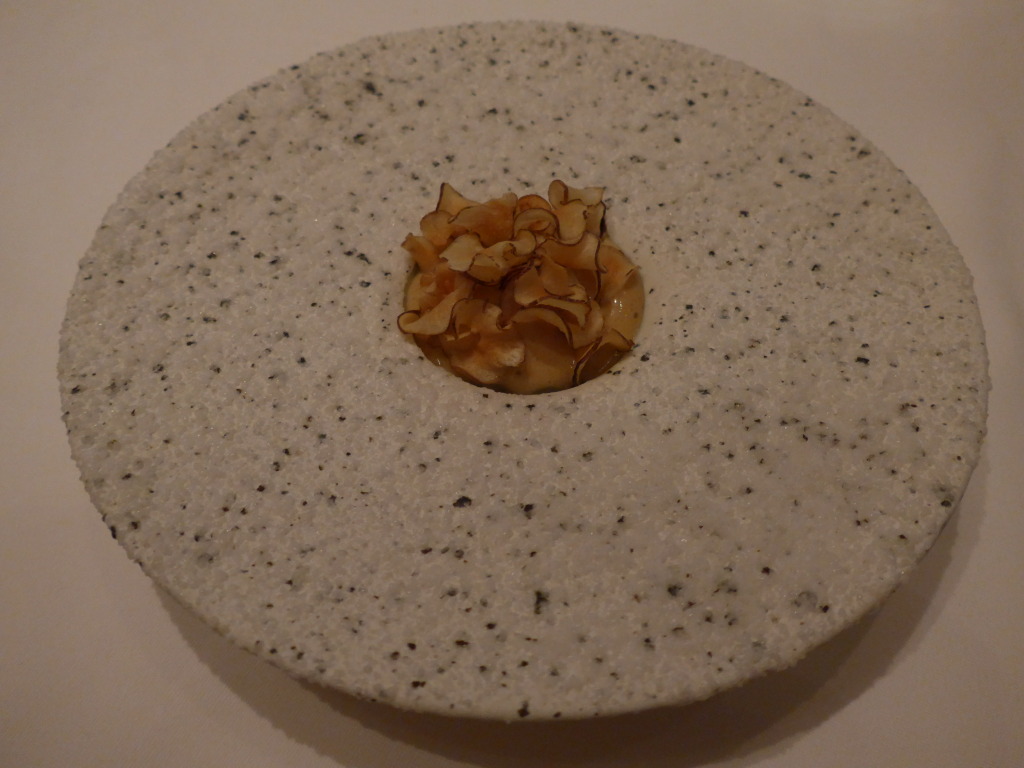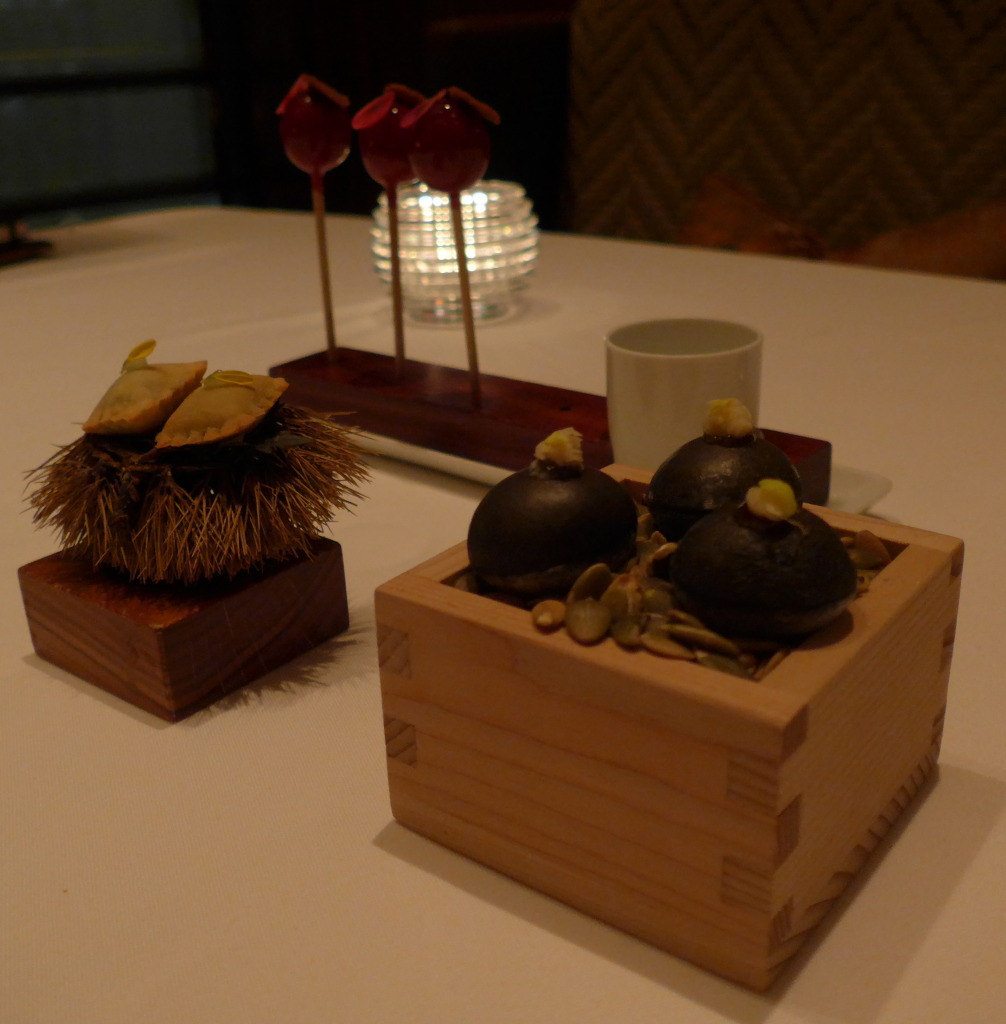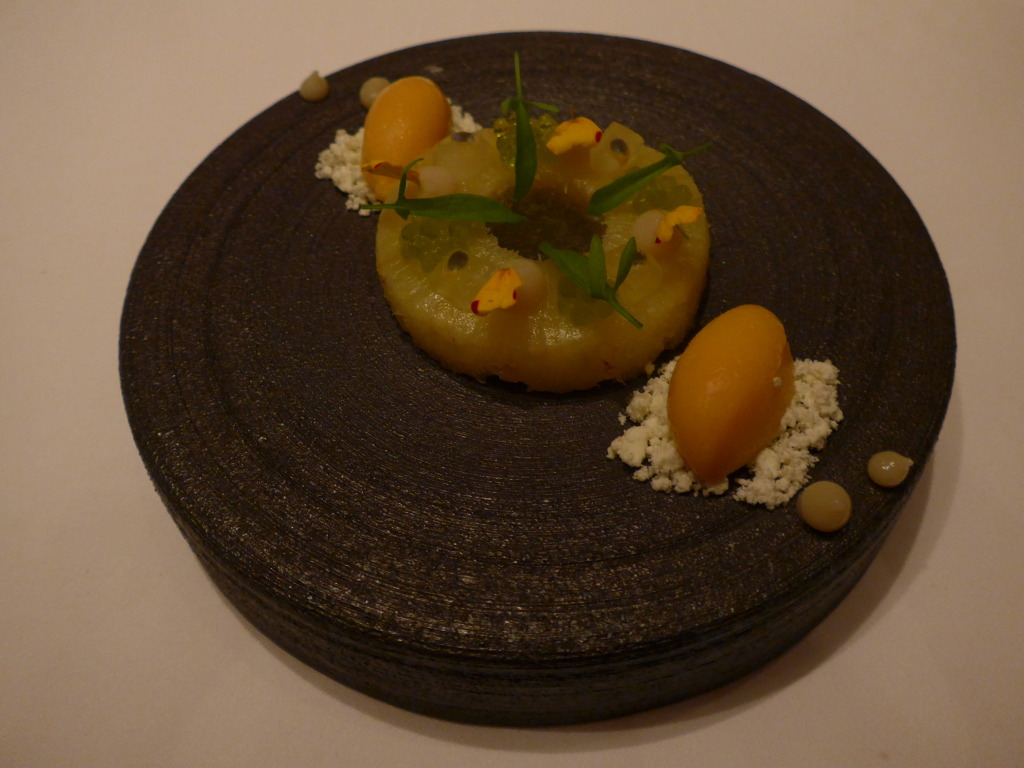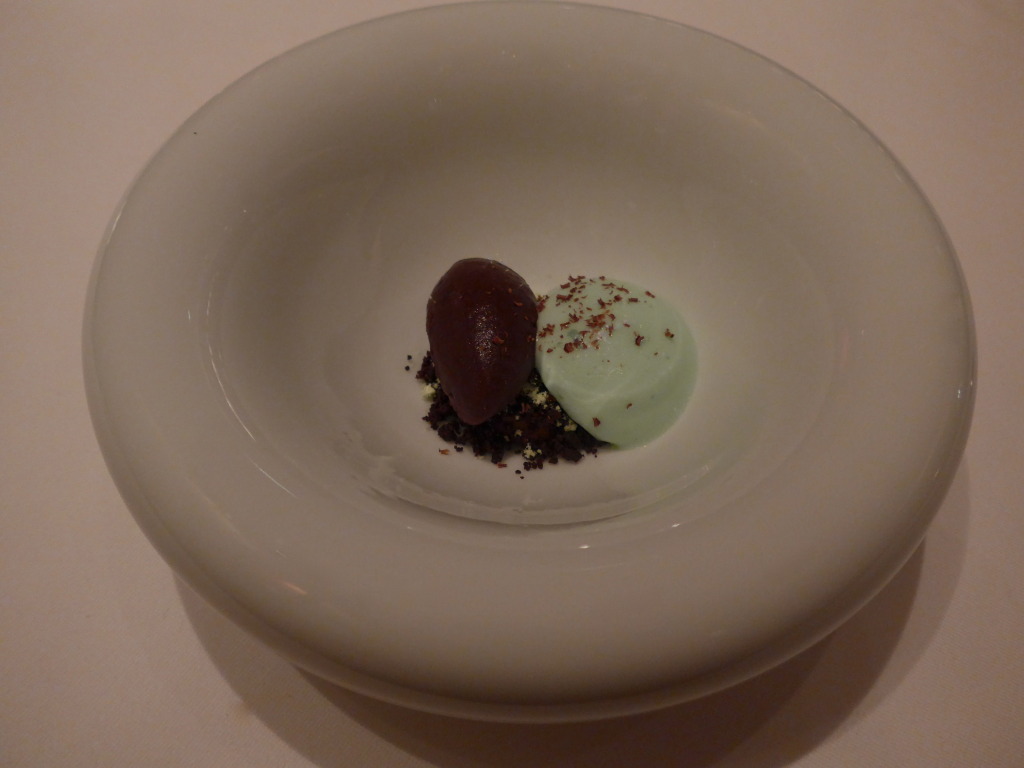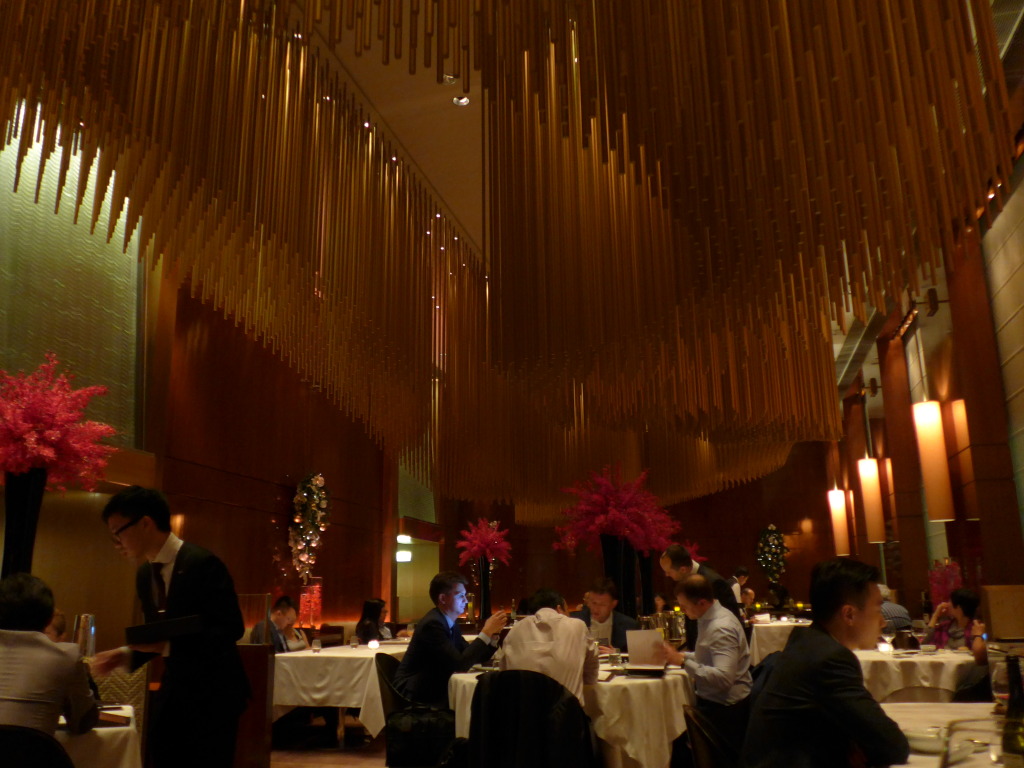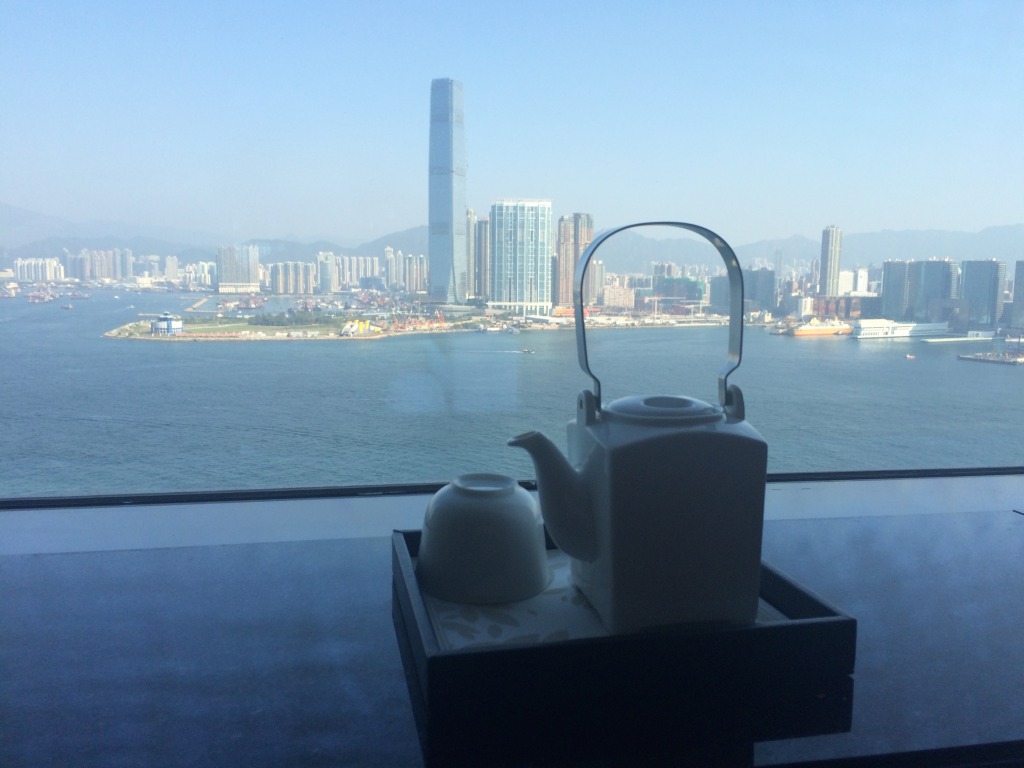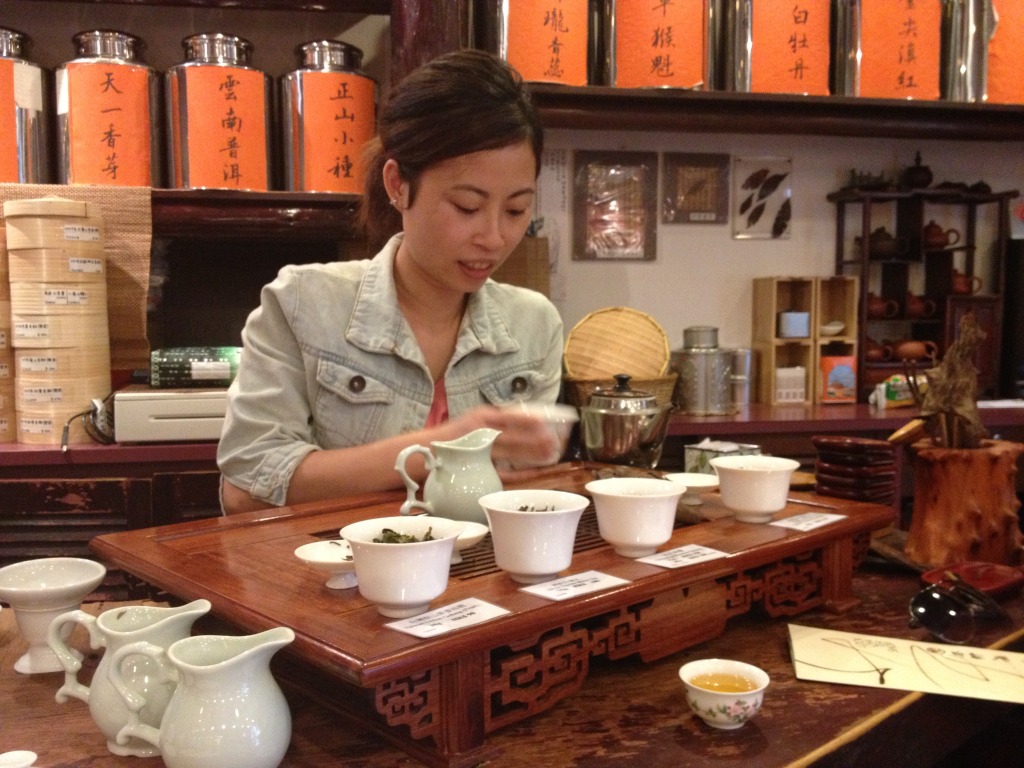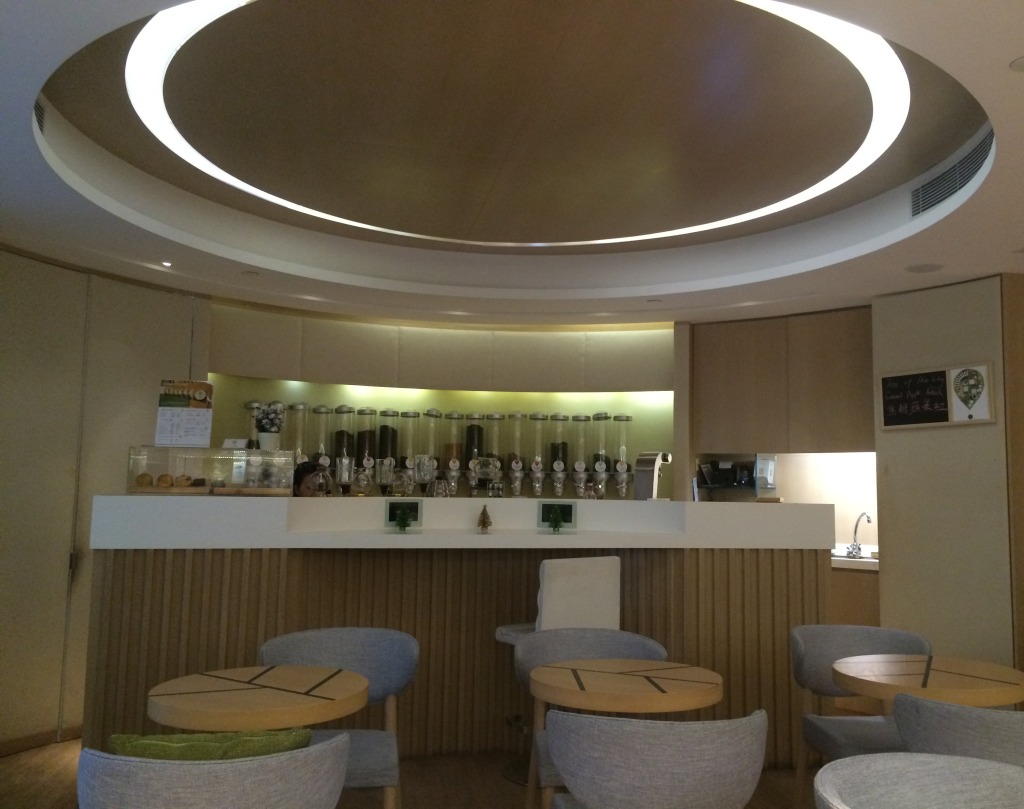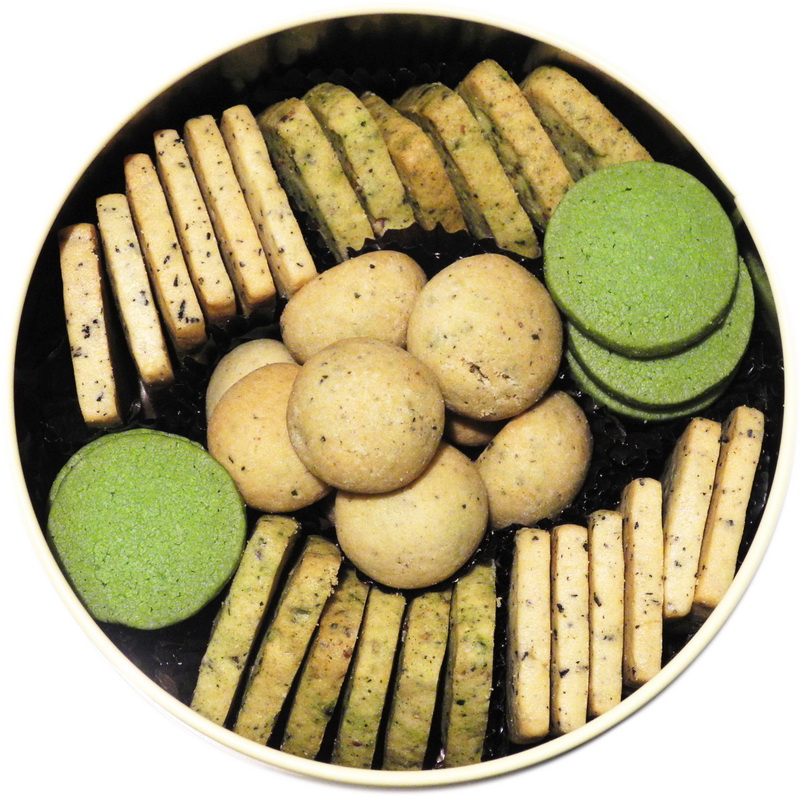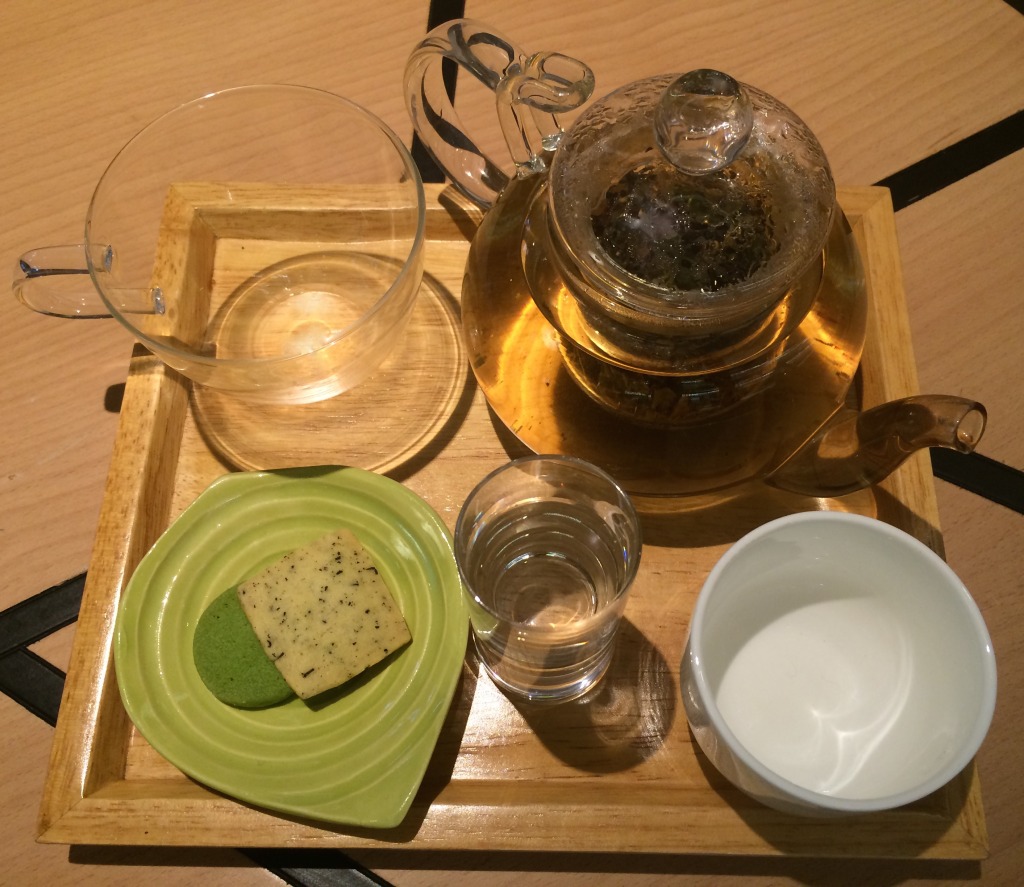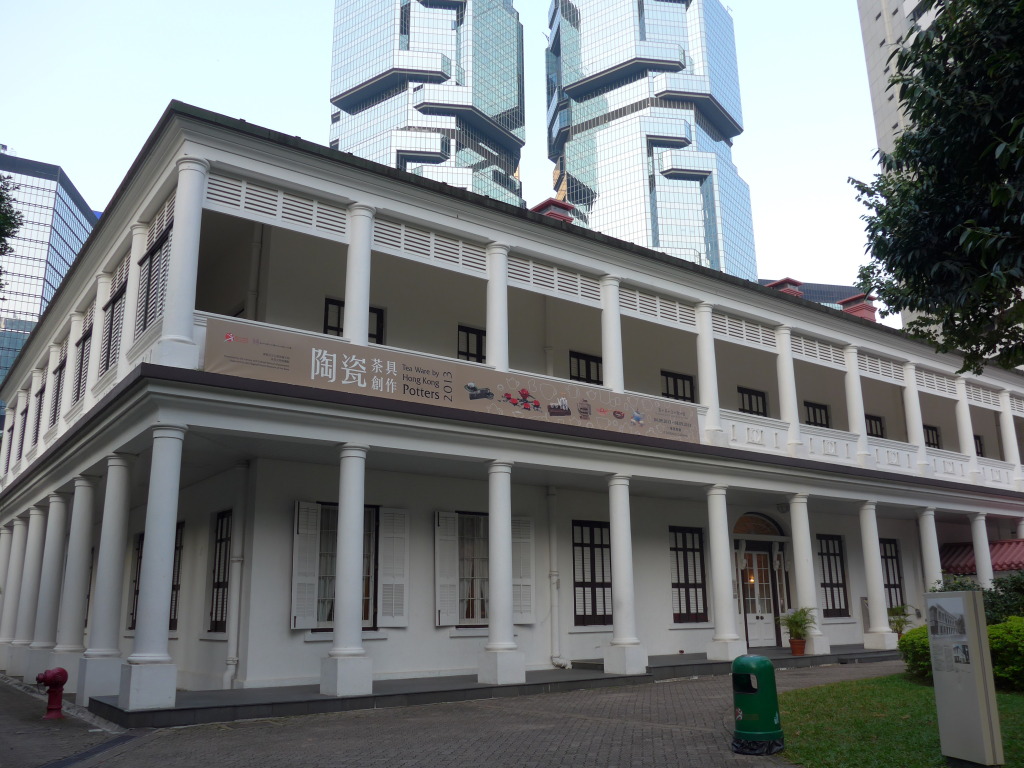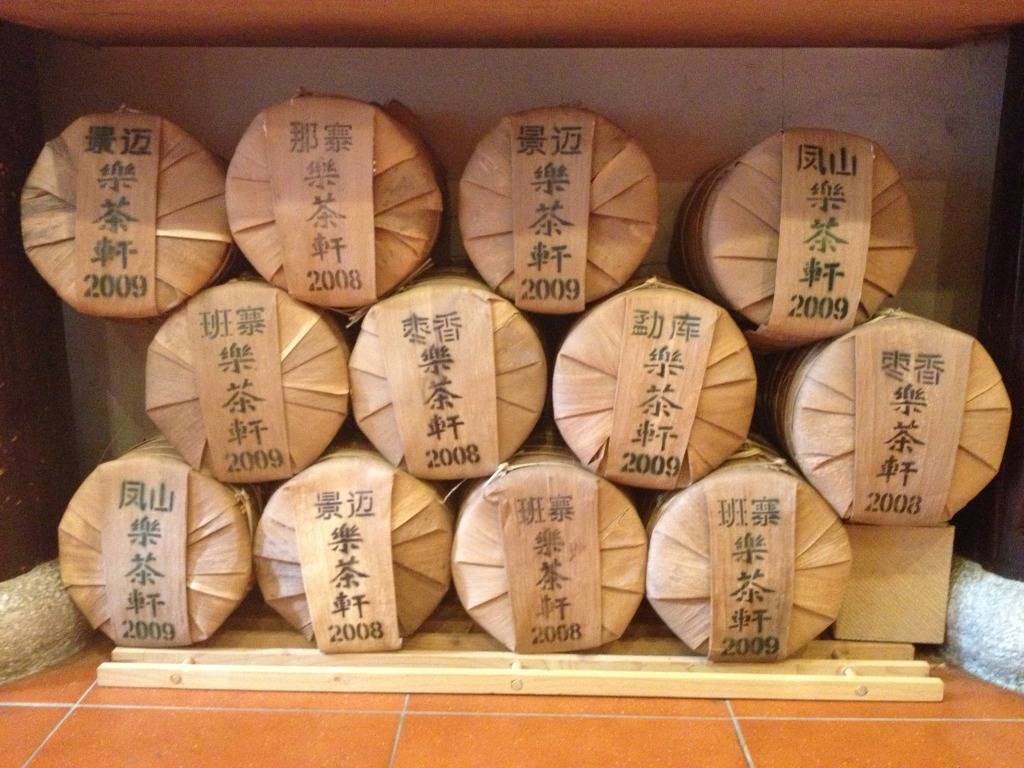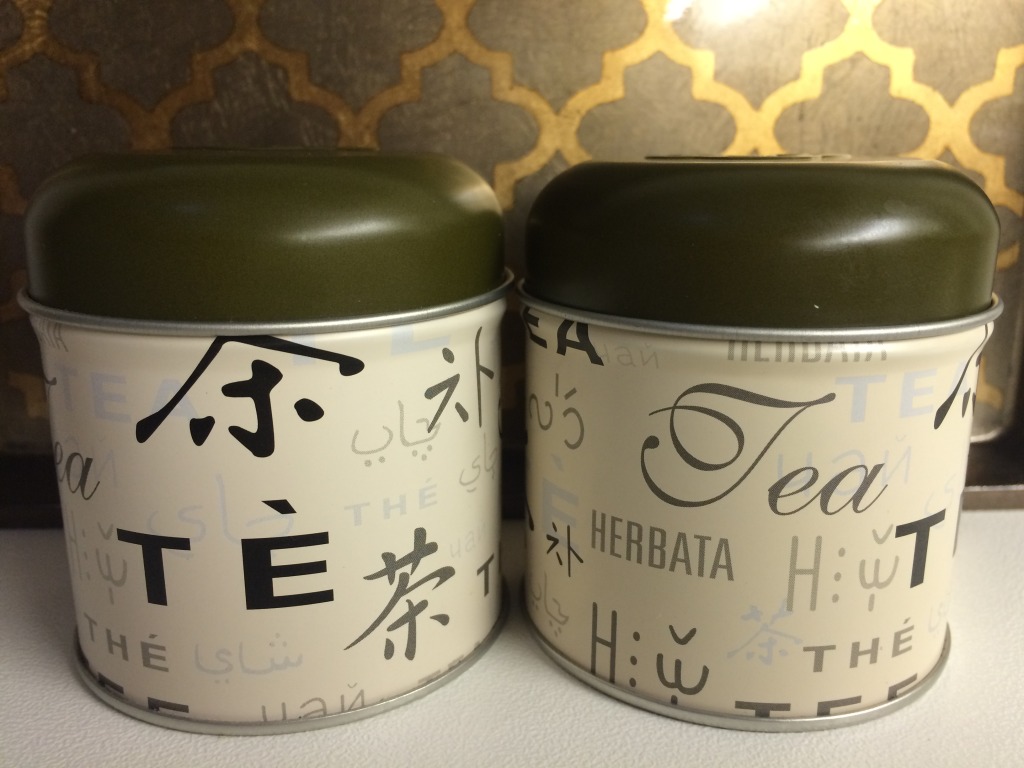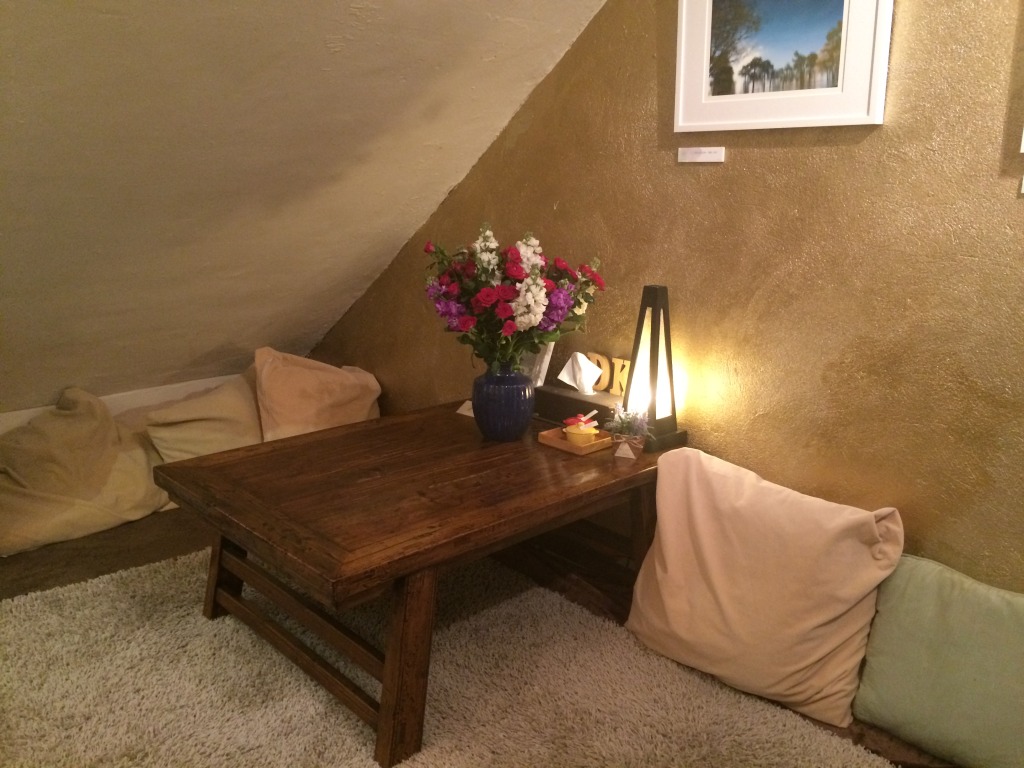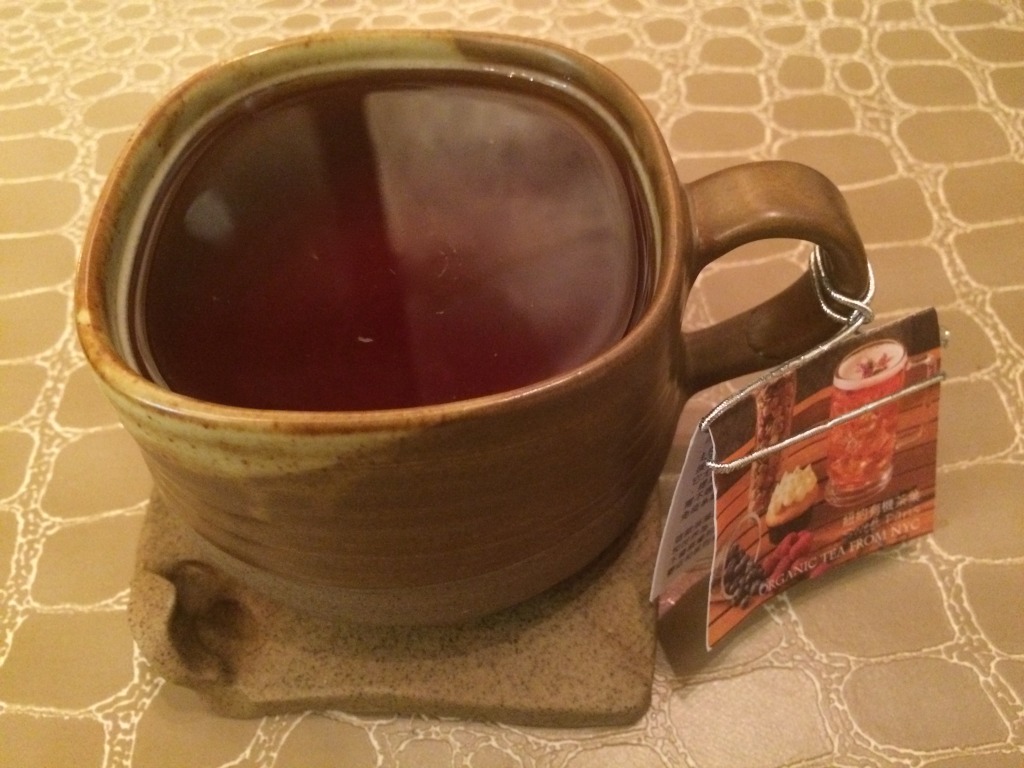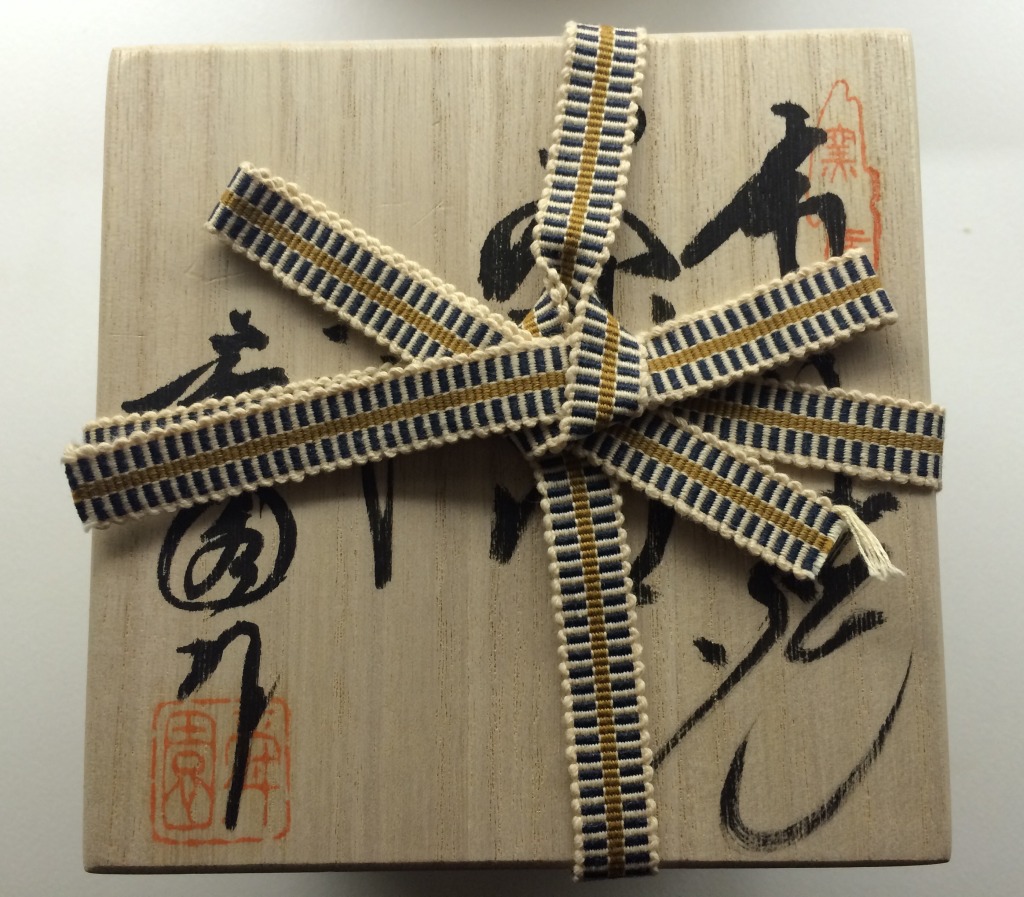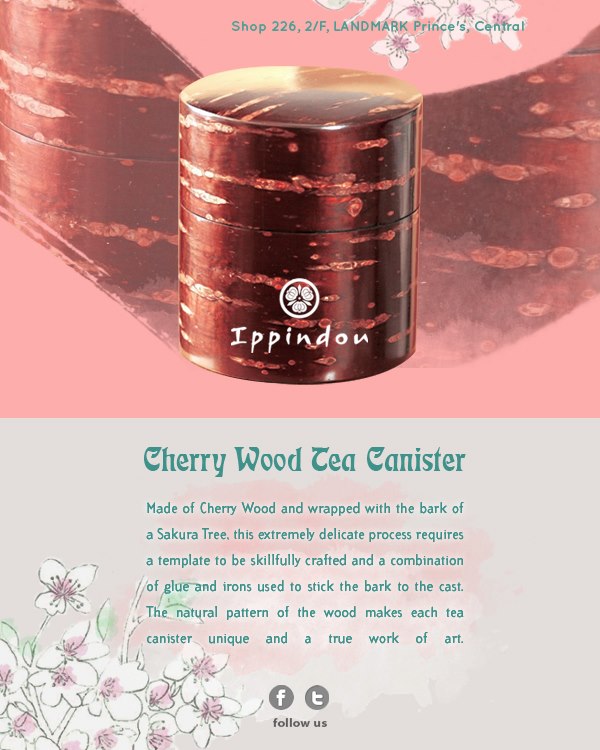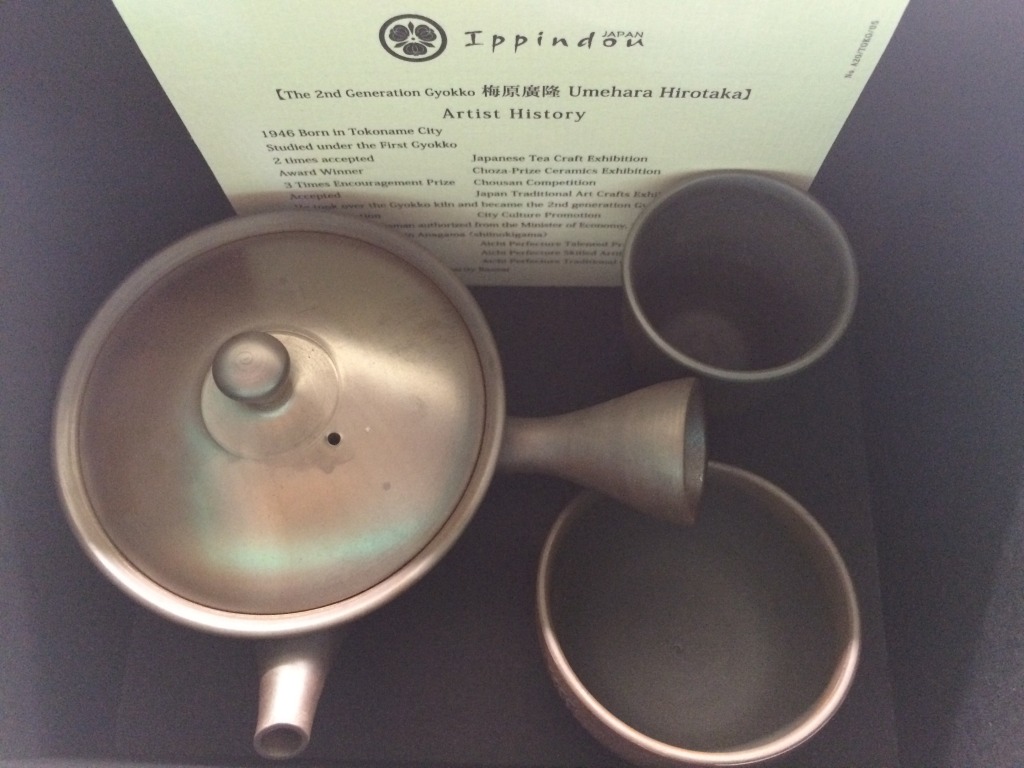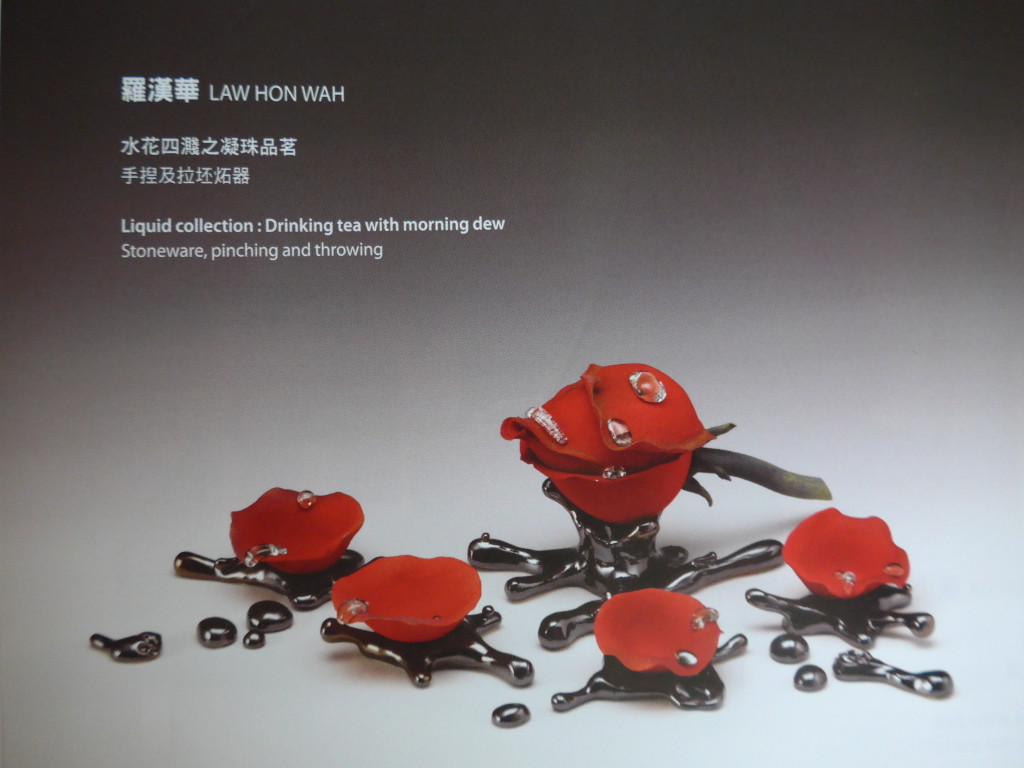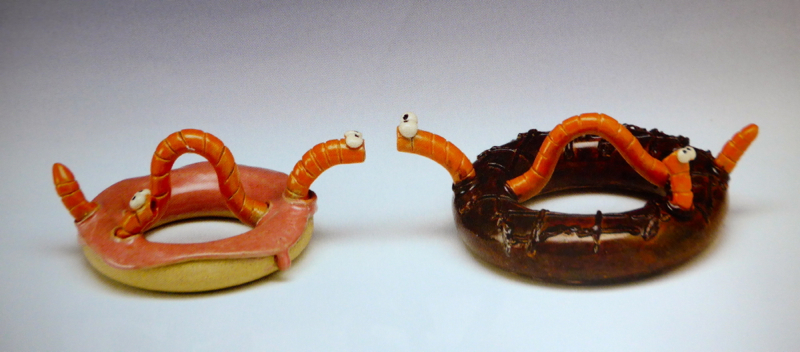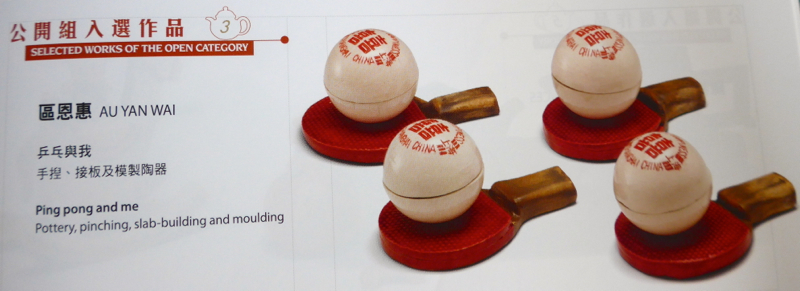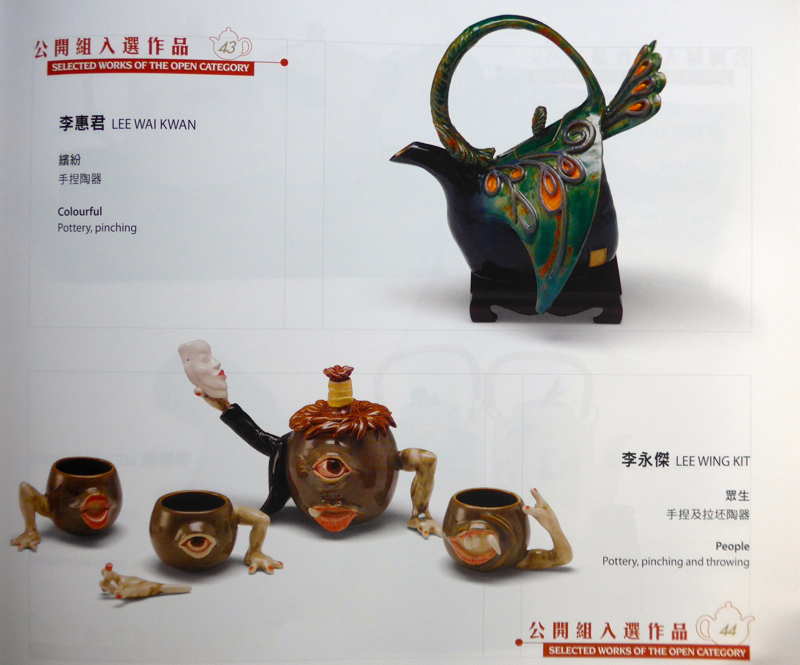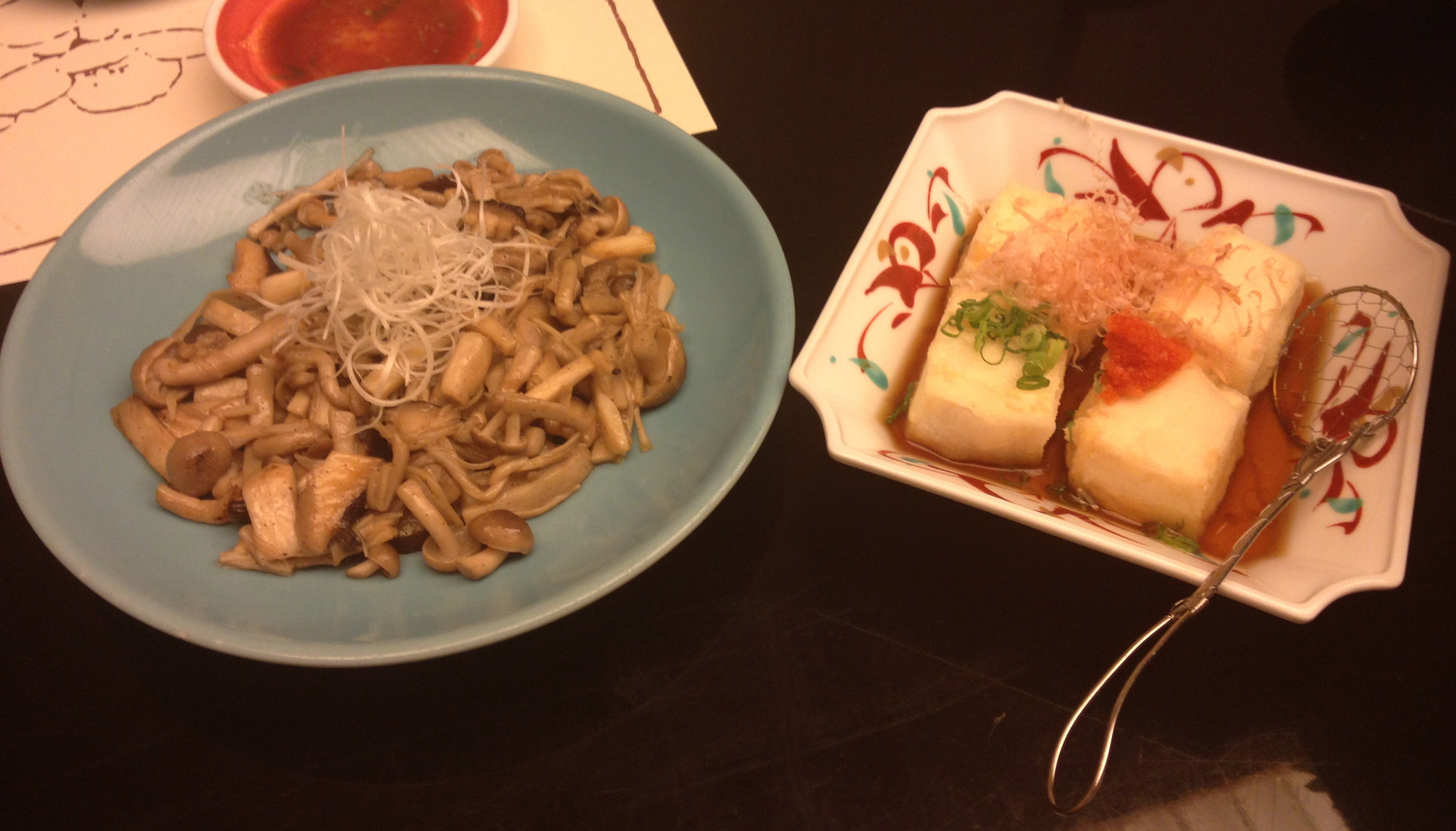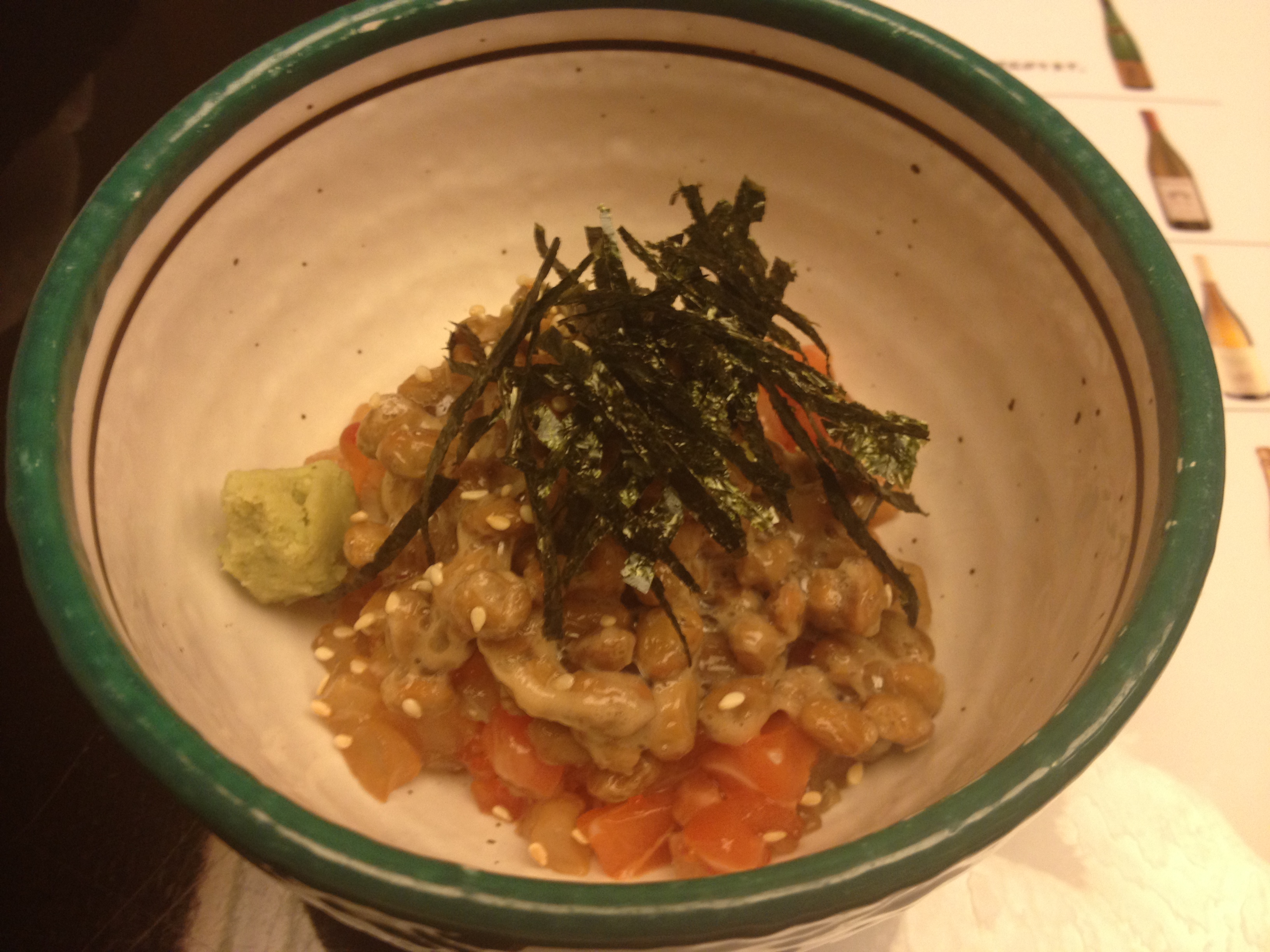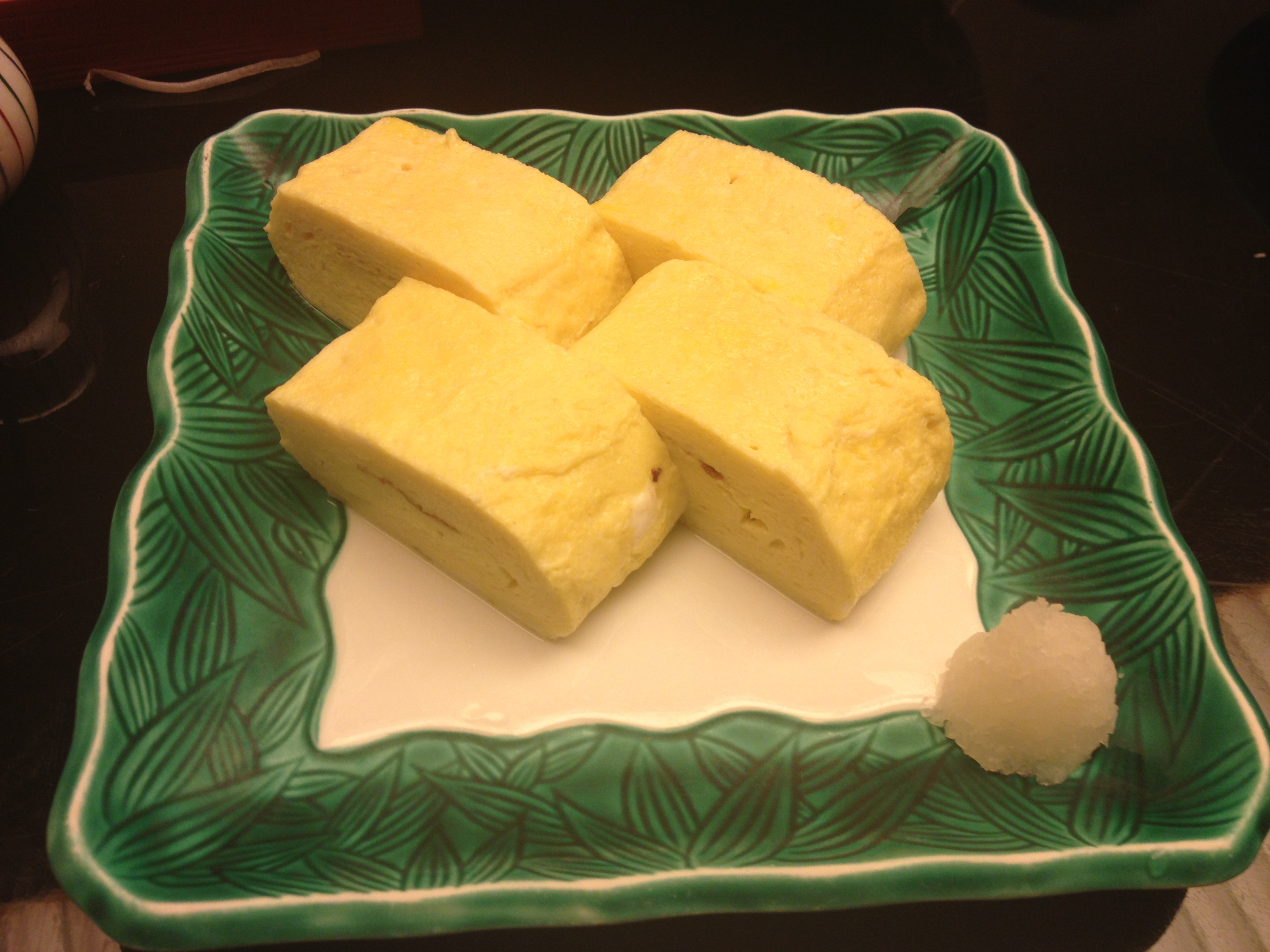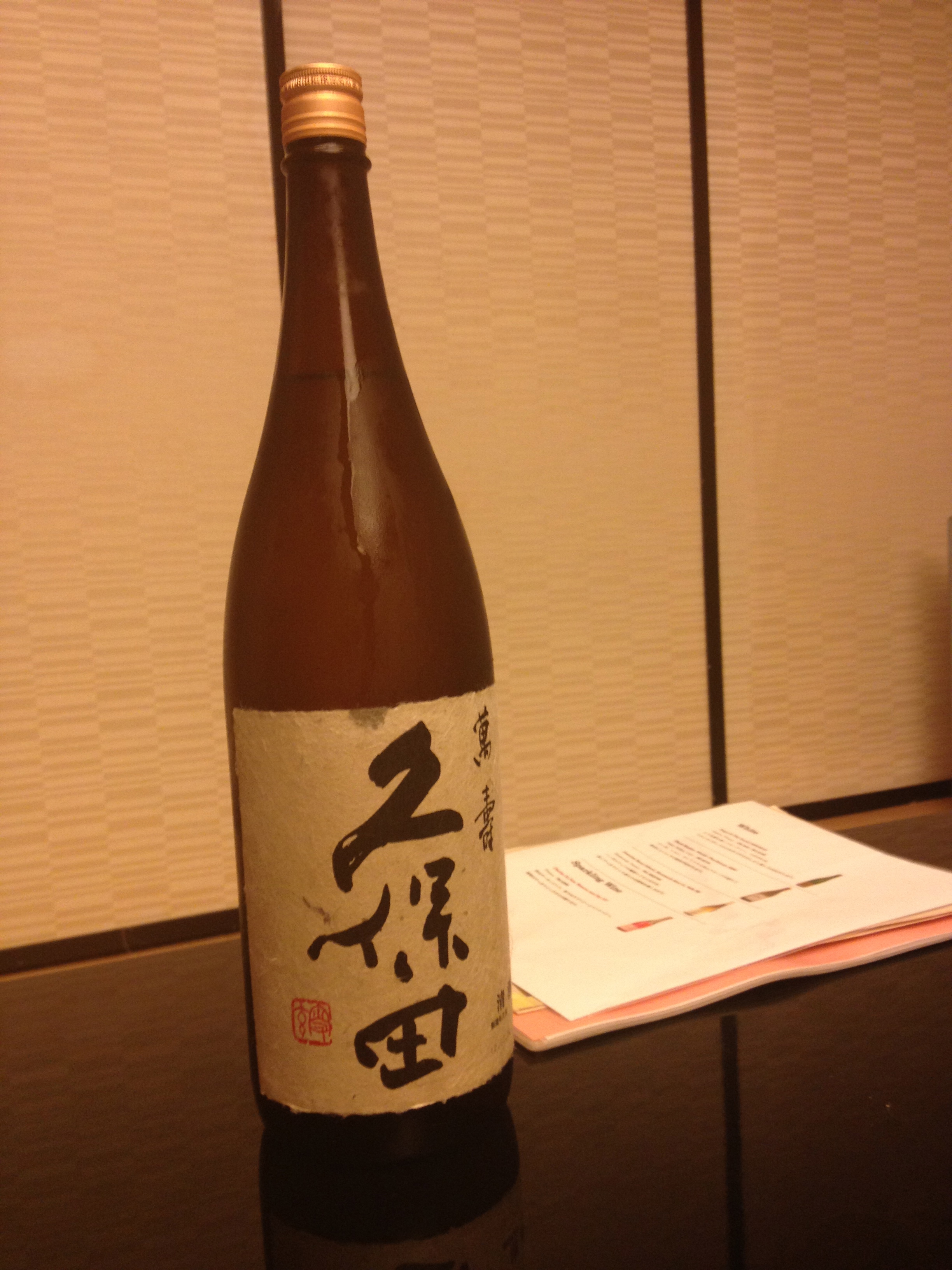Grassroots Pantry: creative Earth-friendly dining in Hong Kong
Grassroots Pantry attracts savvy foodies seeking delectable organic, plant-based and sustainable dining in Hong Kong. The vegetarian chef cum owner Peggy Chan strongly believes that “healthy eating doesn’t have to mean a compromise in flavour or ambiance”, and she does it well since her Earth-friendly cuisine inspires the local farmers community to grow crops sustainably.
The zen palate is fed generously at the Grassroots Pantry. Steps away from the trendy PMQ creative compound on Hollywood Road, the Buddhist-friendly food is plant-based and cooked with joy, which basically means slow-food. Their mantra “To make food do good” also echoes Hippocrates, the father of Western medicine.


In May 2012, Grassroots Pantry started as a cosy, eco-friendly restaurant in the historic part of the Hong Kong Island – Sai Ying Pun, followed by Prune Organic Deli & Workshop that transformed into its current, more Central location as the Grassroots Pantry in 2015. Inspired by her Canadian upbringing, apprenticeships, her passion for conscious lifestyle and the sustainable food warriors like the US chef Dan Barber, Peggy Chan proves how female chefs can lead the restaurant business towards a more sustainable model of feeding people. Green is the new black as I noted in my sustainability focused musing, and the diners around are not just health-conscious ladies, but hip teenagers and local as well as visiting families.
Grassroots Pantry is not “Hong Kong’s first vegan coffee shop”, that title belongs to Mana!, but the food here is more sophisticated, and the chef Chan also teaches private eco-friendly and raw cuisine classes in Hong Kong, so lean in!
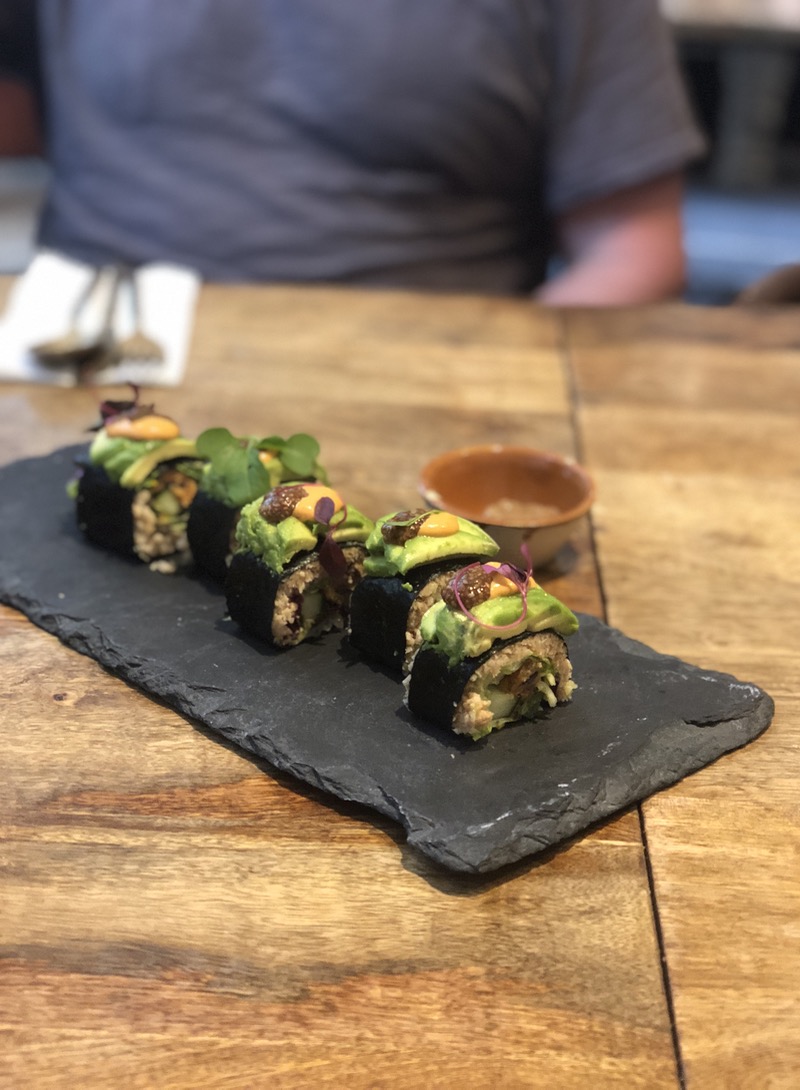
I confess, I’m not a fan of the common vegan and vegetarian food taxonomy. Why, instead of using the titles inherited from the animal world, don’t the chefs and companies selling the plant-based foods just come with entirely new names? Familiarity is comforting for many consumers, but curiosity about food is more attractive. If shiitake “bacon”, pine nut “parmesan”, cashew “cheese”, pulled jackfruit suggestive of “pork”, mushroom “liver”, cashew “unagi” and other plant replacements of to the animals-unfriendly ingredients intrigue your healthy-inclined mind, then Grassroots Pantry fits the bill. Allergens are taken seriously and gluten is largely pushed away. “Noodles” are kelp and mung bean or mushrooms, “croutons” are crushed almonds and teff replaces wheat flour in tarts, gnocchi et al. The Dragon Maki roll is based on low-carb jicama-cauliflower “rice”, but better shared since it is sizeable, and after a third – larger than mouth – piece, the avocado-cashew “unagi” (eel) topped with purple cabbage and chia “tobbiko” (fish roe in Japan) and vegan spicy “mayo” alternative tastes just enough.
The integrity-beaming chef Peggy Chan is a co-Director of Zero Waste Alliance HK, and the “zero waste” Farmers Harvest Soup at Grassroots Pantry daily boils whatever could become in its peak ripeness food waste. Pumpkin soup was served recently.
Globally inspired, locally sourced [mainly] Grassroots Pantry
Another sharing starter, served in a bamboo basket, the steamed Hunan dumplings filled with greens, accompanied with tahini almond butter dressing are a bit dry on their own, but a generous dipping in the nutty sauce saves their worth-the-calories legacy.
Way tastier, and my husband’s favourite, were the Pulled jackfruit nachos. The ultra-local fruit (it grows all over the Hong Kong Island) replaces pork, cashews blended with chipotle transformed cheese into a dairy-free creaminess, and chayote salsa with purple cabbage add a kick. Dip the house sprouted corn tortilla chips in wholesomely!
A cold, vegetable abounding alternative for lunch is the Grassroots Pantry Signature Salad. The extra large raw serving of Aquaponics grown greens with curly kale, sprouted sunflower seeds, dried sweetened cranberries, pickled red beets, macadamia “cheese” tossed with an orange-cashew dressing will set you for the afternoon. Most of the ingredients change seasonally (every three to four months) and so does the menu. In an interview with the Peak Magazine, the chef disclosed that Homegrown Foods, local organic delivery service, and Eco Farm, growing organic in the high mountains of the Jiangxi Province in the neighbouring China (founded by a former neurosurgeon Dr Andrew Lam), supply their almost entirely certified organic menu.
Plenty of healthy fat
A dairy-free breakfast uses Raglan coconut yogurt from Indonesia’s organic coconuts whipped in New Zealand, the producer nevertheless encourages its customers to collect plastic rubbish on the beaches by rewarding them with “DELICIOUS thank you present“, reducing its carbon footprint. GP Home-roasted Granola or Cardamom Brown Rice Pudding for naturally sweet low GI start or local free range eggs scrambled and served with an avocado at brunch on weekends can be served with multigrain or sourdough locally baked by BREAD ELEMENTS, gluten-free or house Teff Pumpernickel bread on the side.
Nut and seed “milks” made fresh in-house are almond and hemp blended with sunflower for beverages a breakfast bowls, while cashew milk stunts for cream in béchamel or when cultured transforms into “cheese”. In the Plant Cheeseboard feature Cashew Swiss, Macadamia Goats and Tofu Feta. Nuts are imported, but more disappointing for any conscious gourmand is the use of white truffle oil in one of their signature plates. This luxe seasoning contains artificial flavours, unless, as I learned during my annual pilgrimage to Piedmont, it is made in the peak season (November-December) with fresh truffles, which is very costly.
The seasonal offerings are inspired by blending Asia – from China (Shaanxi Cold Noodle Salad) through Japan (Japanese Desert Platter), Korea (kimchee) to India (Grilled Tikka Mushroom with Brown Rice Biryani); via Italy (Teff Gnocchi) and France (Pot au Feu) to Canada (Le Reuben and Montreal Smoked Meat Sandwich made into superfood!), stopping over in Mexico (Pulled Jackfruit Nachos), rounded by the Pacific (Tomato Poke bowl).
Sweets that keep you grounded and energised
The baked and some raw desserts are sweetened with agave or coconut sugar. At the bar, your mind is sweetly teased with Sea salted caramel chocolate bar with pumpkin granola base, mango puree coated in dark chocolate, lovely with tea, while the dehydrated raw Raspberry and quinoa ball in dark chocolate is more sweet’n sour. I did not like the too dry and flat tasting coconut cookie as well as the flabby hazelnut cocoa cantucci served with coffee. The raw Coconut ball with chia and dried fruits is a wholesome after-workout fuel. Judging from the unfinished plates of an intrepid expat family sitting next to us, the cakes at the Grassroots Pantry were sliced just too large or not as irresistible as the naughtier Hong Kong pastries.
The happy hour from five during the week inspires social cocktail sipping or organic wine imbibing. Non-alcoholic tonics, locally fermented kombucha, and superfood hot drinks complete the nourishing experience.
From the tonics the locally sold JAMU KUNYIT of anti-inflammatory turmeric and lemon juice sweetened with natural tamarind and low glycemic coconut nectar was pleasantly refreshing. I cannot recommend the ACV Me based on apple cider vinegar, cayenne, maple syrup, though. Likewise, only a truly passionate health-freak can enjoy the sour Coconut kefir blend with chia. The thick Turmeric Chai Latte steamed with coconut milk was like a meal, but I enjoyed it. The Fair Trade, organic coffee grains are roasted locally.
For the fast-paced Hong Kongers, the order delivery may take longer than usual. The beverages are blended mindfully behind the bar, while the items arrive in a conservatively measured intervals, well sometimes all at once. When we ordered three dishes, the feast was wholly ushered in two hands. The waiters have a friendly attitude though so one must cherish that. Your mood is as important for your health as the foodstuffs you nourish your body with, so keep calm and tune in.
108 Hollywood Road, Sheung Wan, Hong Kong
Mon-Fri breakfast: 9am-11:30am, lunch 11:30am-3pm and dinner 6-11pm; Weekend & Public Holidays brunch: 9am-4pm
+ 852 2873 3353














